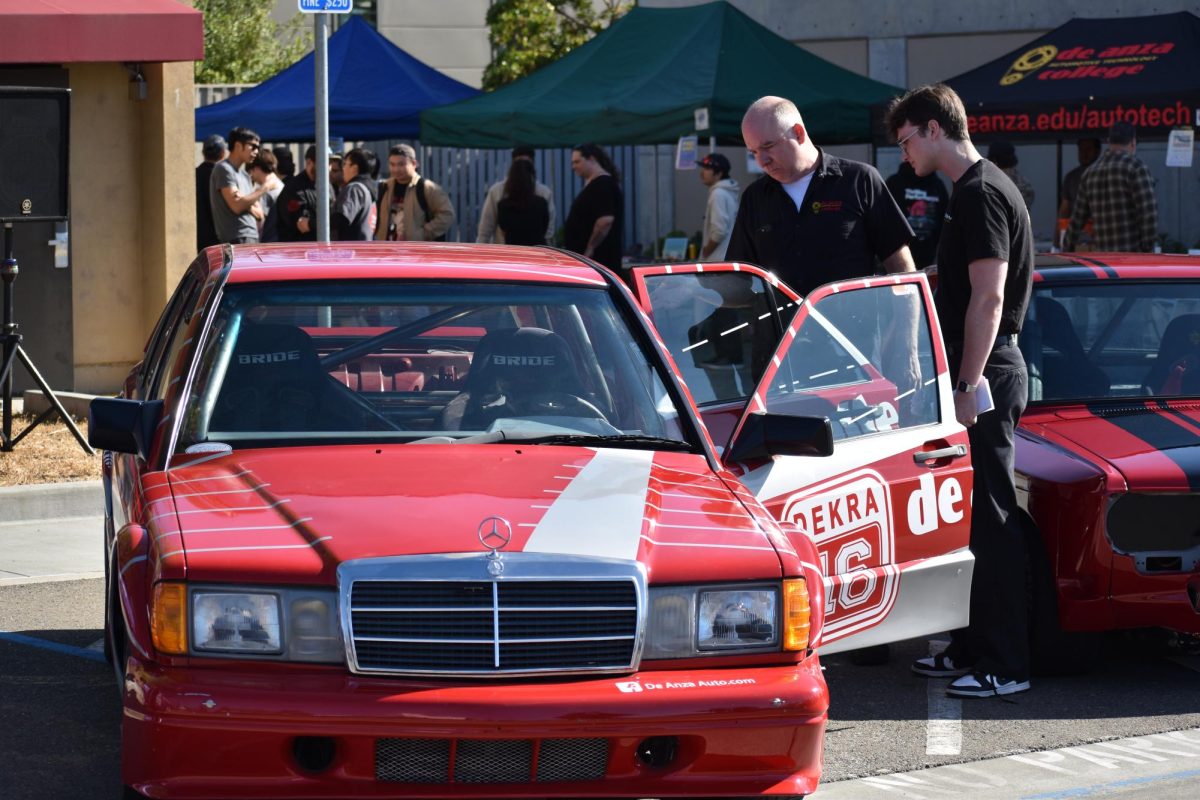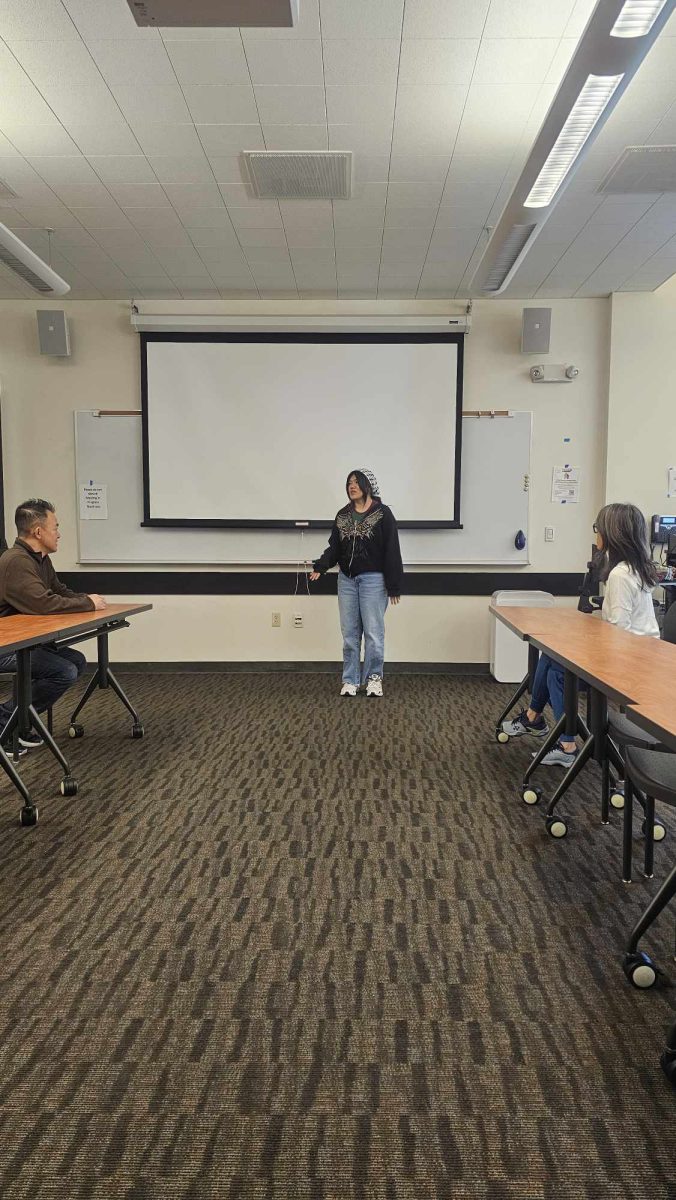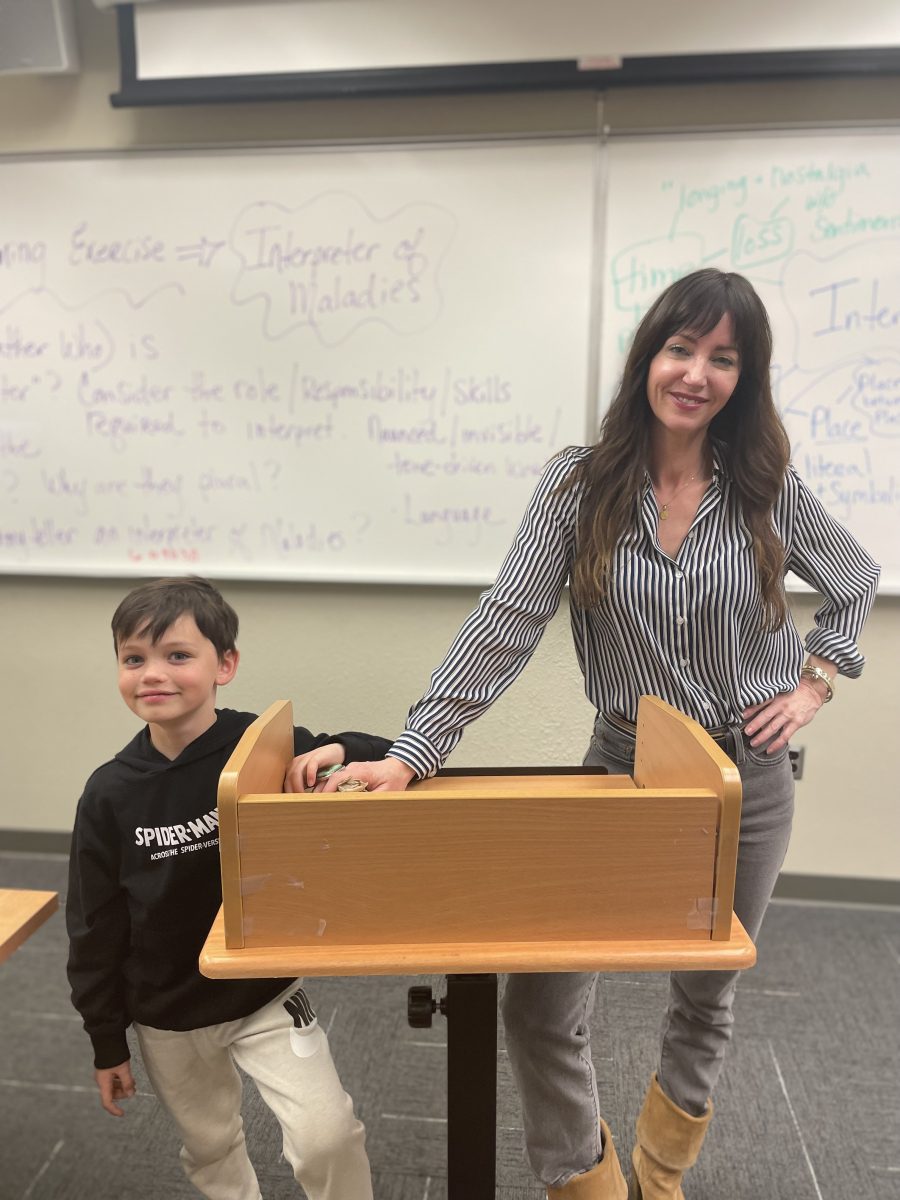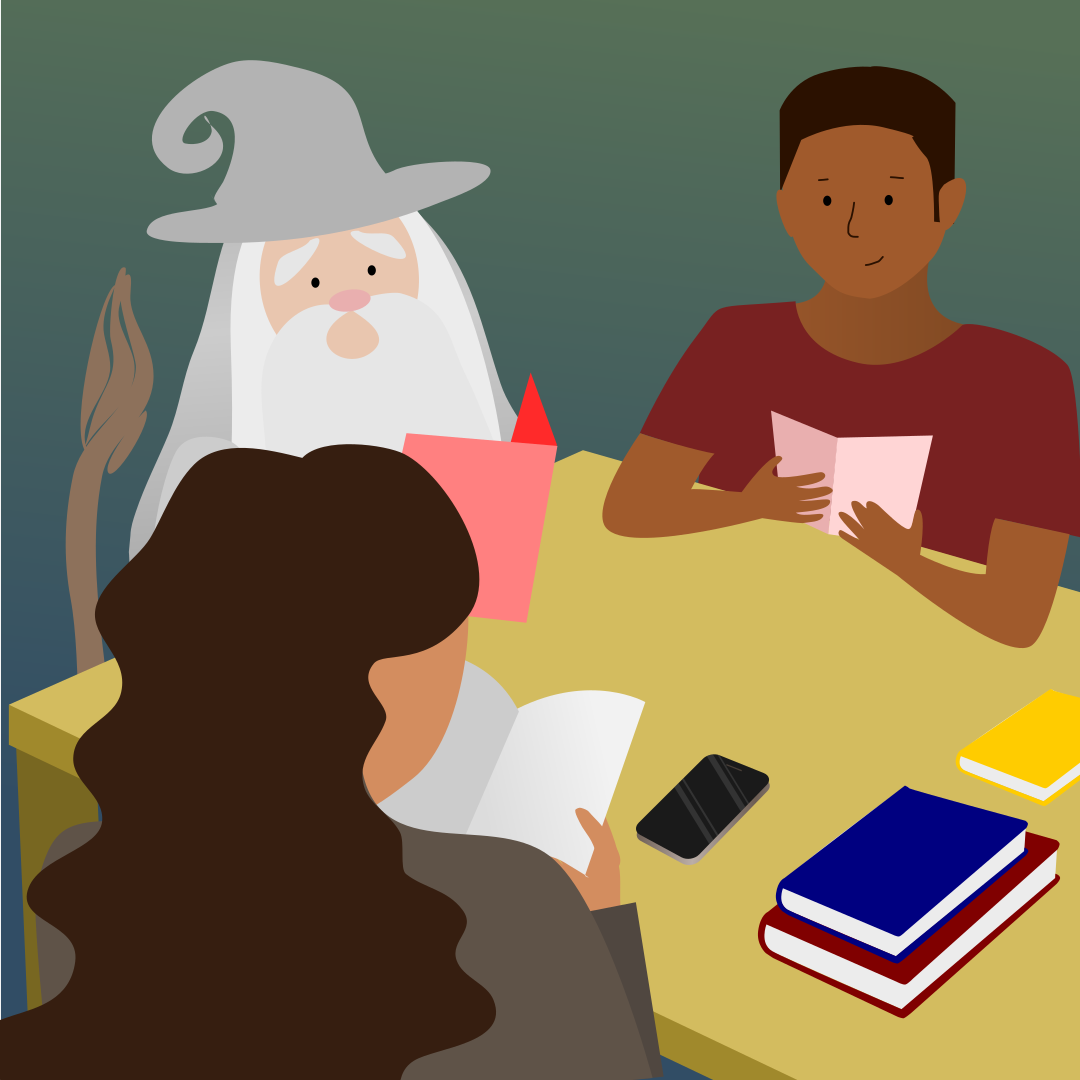I live with a horror movie fanatic. Worse yet, since moving in with him, I have become a horror movie fanatic. There was a time in my life when I felt that “Saw” was worthwhile watching. In my defense, that was before six sequels were released. Since then I have mended my ways and am now enamored with a time before computer-made special effects – and that time, dear readers, is the 1970s. Why this time period, you ask?
Well, the 1970s was a golden age for horror films, a time that has yet to see its equal.
Some of the titles that were released during this time include: “The Texas Chainsaw Massacre,” “Last House on the Left,” “Dawn of the Dead,” “The Exorcist,” “The Hills Have Eyes,” “The Shining,” “Carrie,” “Jaws”, and Dario Argento’s Italian-horror masterpiece, “Suspiria.”
Most of these horror gems have been remade, with the “Suspiria” remake slated for release sometime this year. The trouble with modern remakes is that directors these days seem to rely entirely on CG and special effects to make a horror film. In the 1970s special effects boiled down to makeup, lighting, camera tricks and miniatures.
Directors then knew how to use just the right lighting to make your skin crawl, just the right music to put you on edge and relied heavily on acting and storytelling to make a movie so creepy and disturbing that it was difficult to watch.
The original “Texas Chainsaw Massacre” rarely showed violence or blood, but constantly led up to it, forever dragging the viewer along to anticipate just when someone was going to die.
“Suspiria,” on the other hand, was gore at its 1970s best, showcasing Dario Argento’s knack for killing people in extremely unusual ways. Entertainment Weekly said “Suspiria” had “the most vicious murder scene ever filmed” earning its place as number 18 of Entertainment Weekly’s twenty-five most frightening movies of all time.
The original “Dawn of the Dead” was a commentary on consumerism, with the movie continuously pointing out how zombies were returning to what they knew from life, which was a shopping mall. Although the remake takes place in a mall, it lacks the poignant anti-consumerism feel.
“The Last House on the Left” relied on the horror of extreme violence happening so close to the main character’s home and the lack of remorse her attackers felt for what they were doing.
Jack Nicholson’s performance in “The Shining” was quite possibly the best performance ever given in a horror film. The movie relied, not on special effects, but upon the horrible idea that someone you thought you could trust was trying to kill you and you had nowhere to go.
The 1970s was a decade that was breaking free of the archetypal family of the 50s and 60s. Movies made during this decade used fear of our loved ones (The Exorcist, The Stepford Wives, The Shining, The Omen), paranoia of the unknown or occult (The Brood, Suspiria, Carrie), or even rural areas (The Texas Chainsaw Massacre, The Hills Have Eyes, I Spit on Your Grave) to scare us more effectively than ever before.
Some of the horror of the 1970s was likewise influenced by the psychological thrillers of the 1960s such as Hitchcock’s Psycho, which set the standard for 1970s slasher films. These movies featured psychologically disturbed individuals rather than classic movie monsters. The creation of the psychological horror movie is what made the 1970s such a great time for horror films.
These movies got under our skin and made us fear things we never had before. Suddenly our parents, spouse, or children were the monster who was out to get us, not Dracula. So while the horror film industry may currently be stagnant with bad remakes or too many sequels to count, you can always go to your local video store and rent some of these great titles, as well many other horror classics from this time period. Just because they’re old doesn’t mean they’re no longer frightening.








